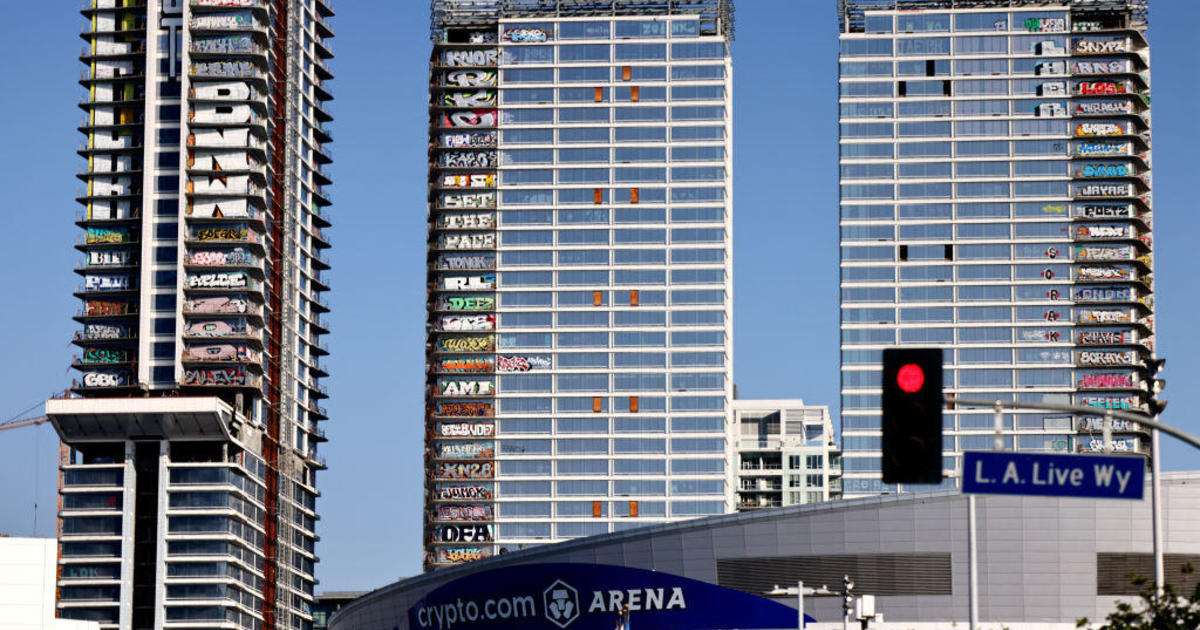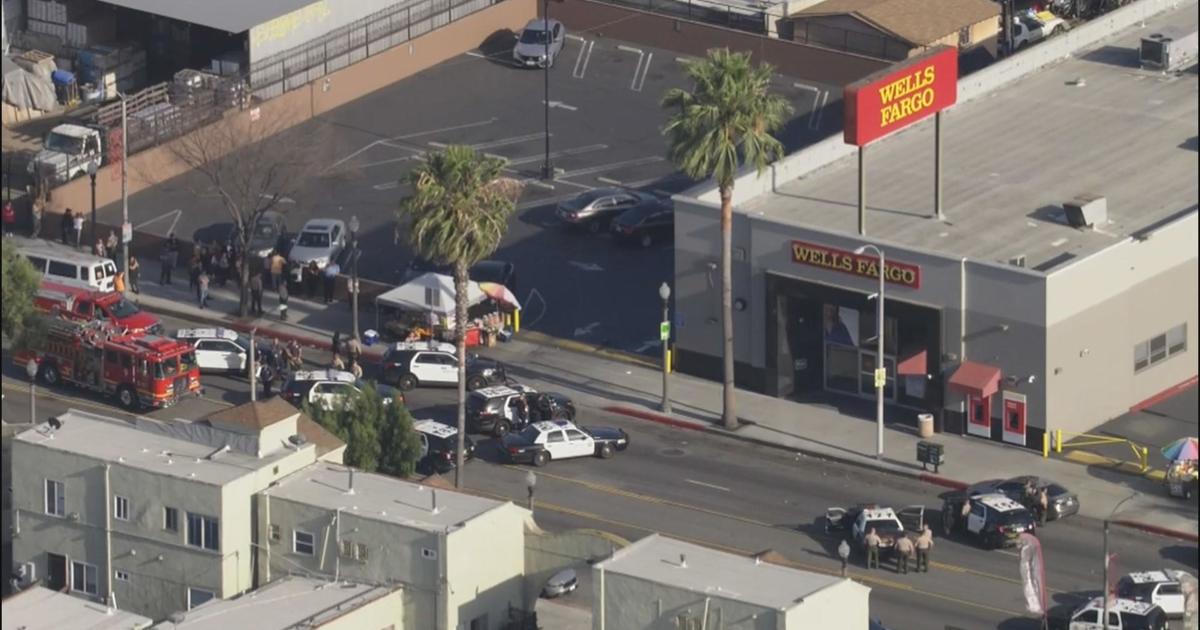Fewer Calif. Schools Meeting Performance Targets
SAN FRANCISCO (AP) — California high school students improved their performance during the last academic year on an exit exam required for graduation, while fewer public schools at all grade levels met state and federal benchmarks that are used to evaluate how well schools educate youngsters, according to results released Thursday.
Superintendent of Public Instruction Tom Torlakson said 95.5 percent of the Class of 2013 passed California's high school exit exam, an increase of half a percentage point from a year before and the highest pass rate since the test became a requirement for earning a high school diploma in 2007.
The exam, which measures competency in reading, writing and math, is first taken by students in 10th grade. If they fail, they have multiple opportunities to try again during their junior and senior years. This year, more students passed the exam in 10th grade at the first opportunity, Torlakson told reporters during a phone briefing on Thursday.
"Our students passed the exit exam at highest rate ever. This despite the challenges of budget cuts and the disruption from a shift (in curriculum)," Torlakson said.
While cheering the improvement, education officials revealed that students at 72 schools had posted photos on social media while they were taking the test. Only eight of the images showed legible questions from the exam, and the others were of booklet covers or other paperwork that would not compromise the assessment's integrity.
The students and schools involved in the breaches will face serious consequences, Deb Sigman, California's deputy superintendent of public instruction, said during the phone briefing. The state has also implemented new security measures to prevent future postings, Sigman said.
Torlakson also released figures showing a dispiriting percentage of schools reached academic performance targets set by the state and the federal government. Lawmakers, businesses and parents use the annual report cards to evaluate individual schools and school districts. They are being recalibrated as the Bush-era No Child Left Behind law gives way to new measures championed by the Obama administration.
During the 2012-13 school year, 51 percent of California's public schools earned the target score of 800 on the state's 1,000-point Academic Performance Index, which combines results from various standardized tests. A year earlier, 53 percent of the state's nearly 10,000 public schools hit that yardstick.
The performance varied considerably between elementary and secondary schools, with 56 percent of elementary schools, 50 percent of middle schools, and 31 percent of high schools meeting the benchmark.
Despite the overall dip, officials said, low-income students, English language learners and students with disabilities saw gains in performance.
More schools also failed to meet rising targets for student proficiency in math and reading set by No Child Left Behind. To demonstrate adequate improvement, schools had to have about 89 percent of their students scoring at or above the proficient level on state tests administered annually to students in grade 2-11, an increase of 11 percentage points over last year.
Instead, with only a year to go before the education law sets a target of 100 percent proficiency, the percentage of schools attaining the yearly standard dropped sharply, from 26 percent in 2012 to 14 percent this year.
California's teachers union dismissed the federal benchmark as "inadequate" and praised schools for achieving the state benchmark despite massive budget cuts.
"We've held on and we've been making incremental progress," said Dean E. Vogel, president of the California Teachers Association. "What we see with the scores is courage and resiliency of the people working in the classrooms. Every year they're asked to do more and more with less and less, and they've done a superlative job."
Torlakson said the poor showing was expected and attributed it to the budget crisis California's public schools weathered in recent years, what he described as the unrealistic benchmarks spelled out in the No Child Left Behind law, and teachers revising their lesson plans in anticipation of the law's replacement.
"As an elected official, I'm obliged to comply with the law. But as a teacher, I'll continue to urge Congress and the Administration to get to work, change course, and replace No Child Left Behind with a workable law that fosters rather than hinders the progress California's schools are making," he said.
Torlakson has proposed replacing the battery of multiple choice standardized tests California students have taken since 1998 with new tests that require deeper, more extended responses and would be taken on computers instead of with pencils and paper booklets.
The California Legislature must approve the new format and a budget for its design. A bill incorporating the changes has been stalled in the Senate.
(© Copyright 2013 The Associated Press. All Rights Reserved. This material may not be published, broadcast, rewritten or redistributed.)



